There are so many things to say about vintage Seiko automatic chronographs, that it’s almost hard to find a place to start. They are iconic, well made, collectable, gorgeous, historically significant and…affordable. While it’s hard to give exact numbers, generally speaking a Seiko 6138 or 6139 will run you between $100 and $400, condition and scarcity depending. Which is fantastic, because there are a plethora of models out there, some of which are more famous than others, and the relatively low price makes it possible to own a few. While it’s tempting to write about them all, there have already been various articles, guides and forum posts on the topic, so I’ll defer to those for brevity.
Back in 2006, John Biggs put together a guide of classic Seiko movements, including the 6139, which is a good starting point. Felix, over at Hodinkee, did a splendid job putting together a guide a couple of month’s ago of specific significant models, focused on the 6139 and 6138 movements. And if you want to see an awesome photo archive of many models, from early hand wound 5717’s, through the 6139-38 movements to the 7016, which had minute and hour chrono registers on a single sub-dial, go here (but be warned…that archive can be dangerous to your bank account, as you are likely to find many models you want). Then, you can search any of the forums and many thorough discussions amongst collectors will appear.









 Featured Videos
Featured Videos




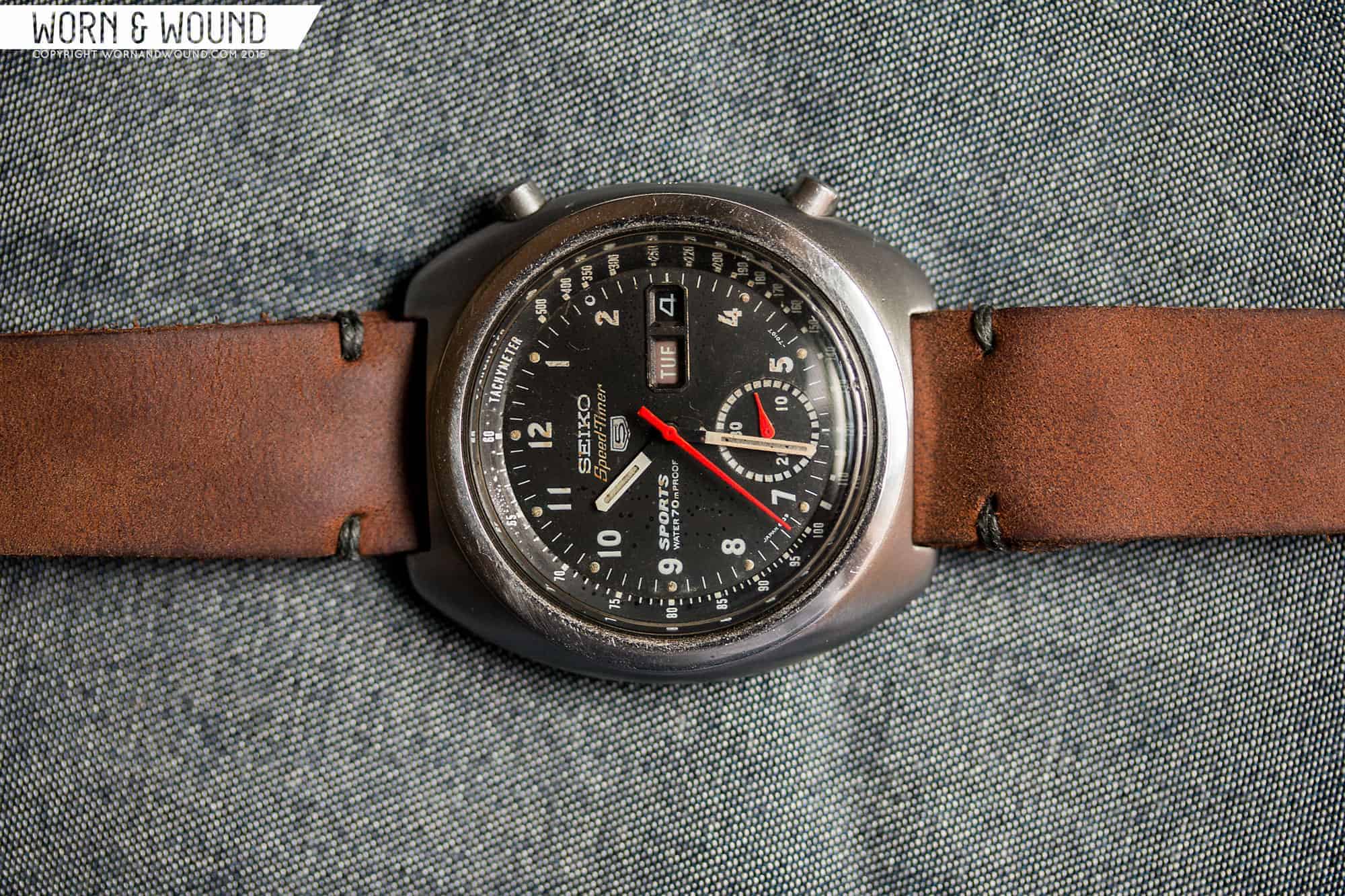
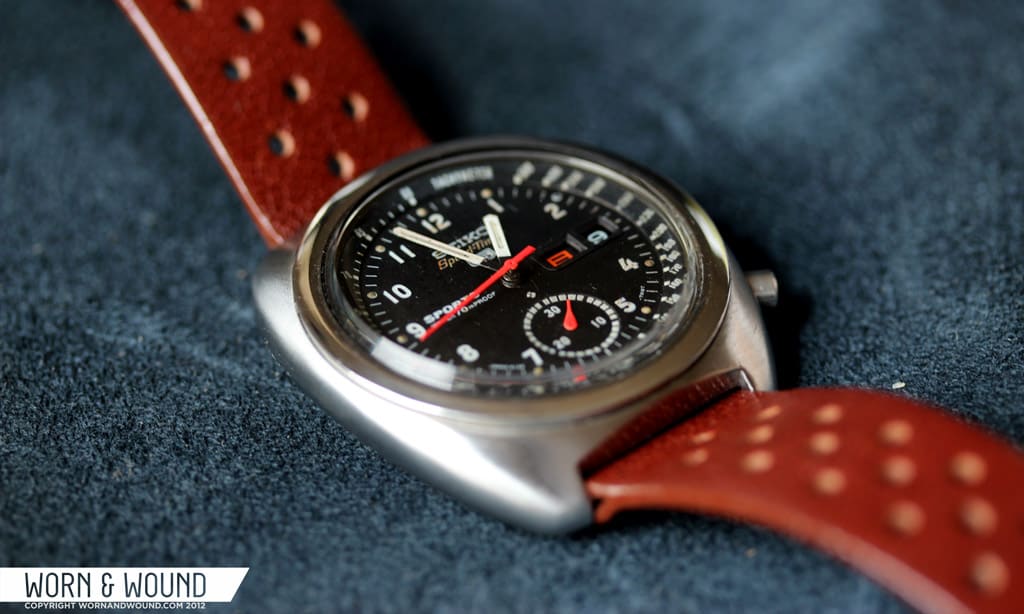


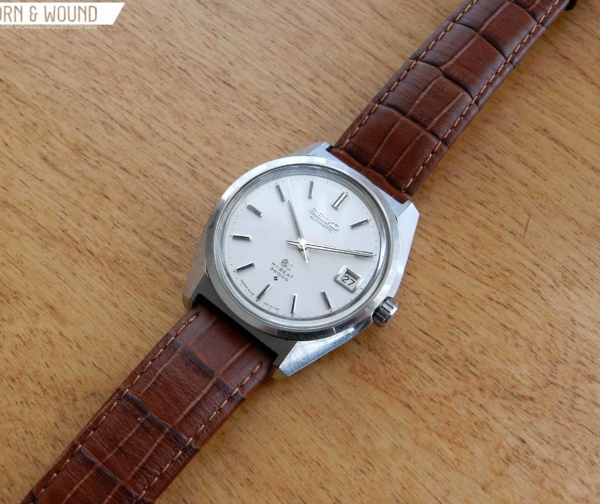
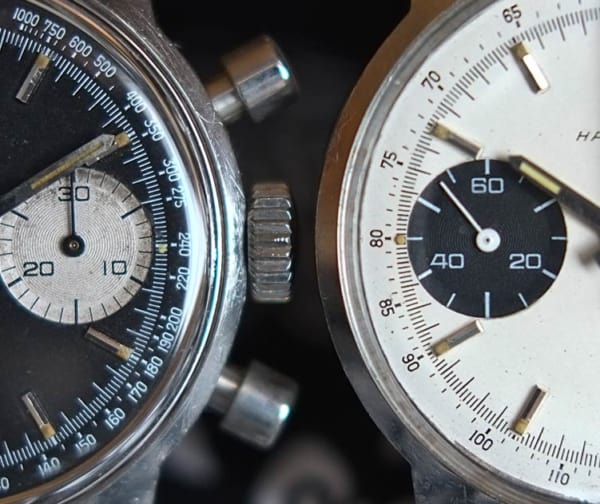
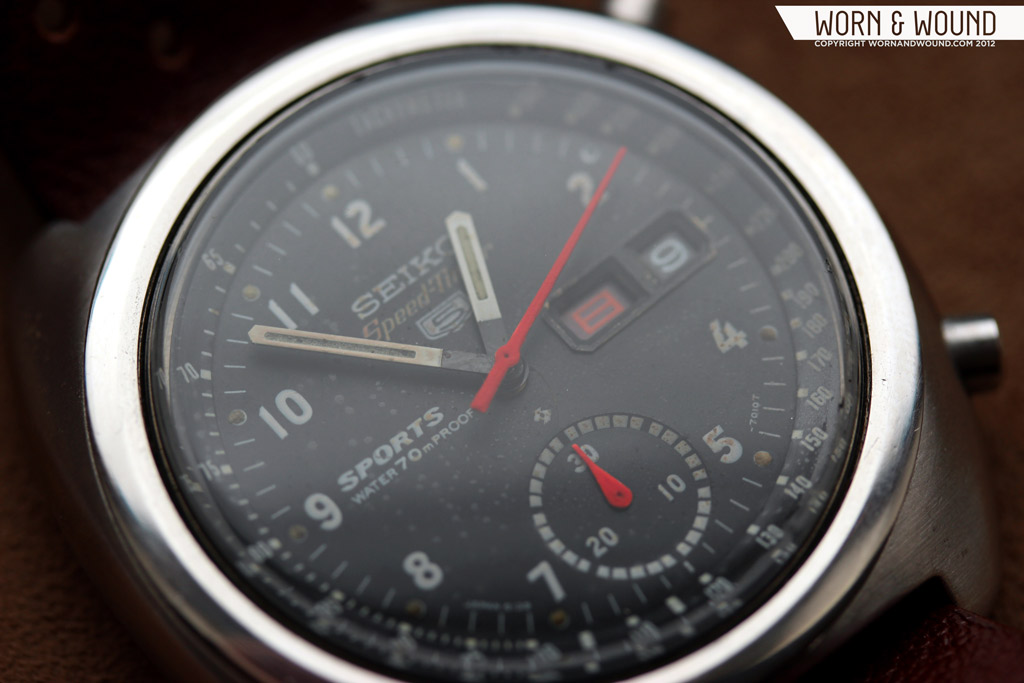

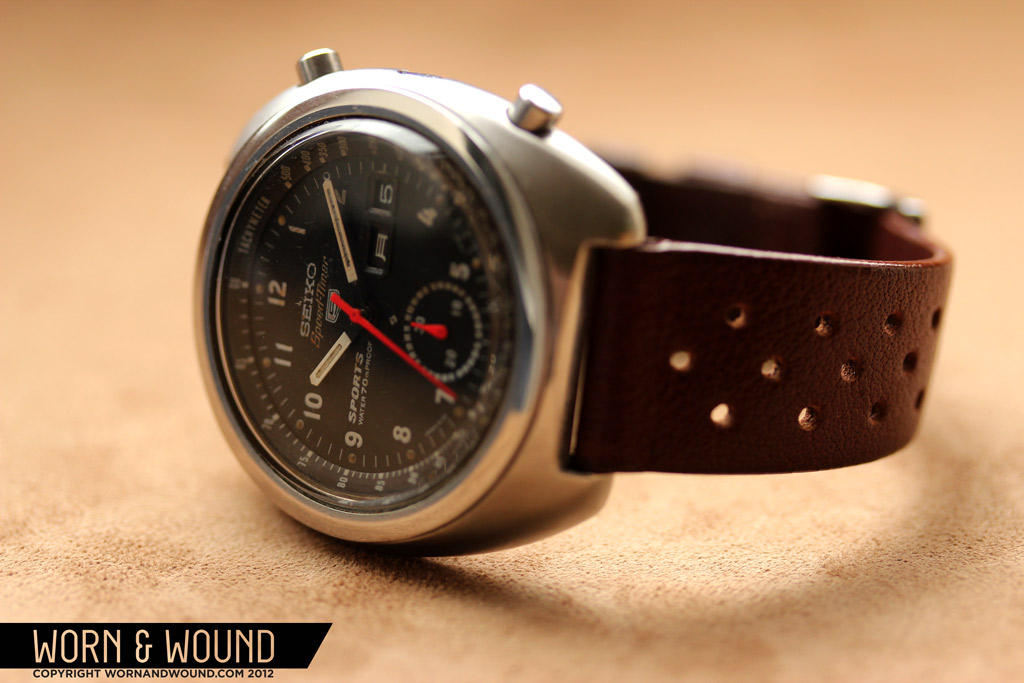


You’re right about that archive link being dangerous to my bank account. Already eyeing a couple of pieces. One can never have too many Seikos right?
Zach,
That was an interesting article. I’m a recent follower of this blog and enjoy the photos and information.
Did you have a watch repairer overhaul or service the inside mechanicals?
Thanks
David
Slidell La
great article and fantastic photography. more vintage, please! Definitely fits in well with the other articles you’ve produced.
That is the perfect band for the watch. I’ve got the 7030 variant and have been looking for just that type of band. Right now wearing it on a leather nato which is great but I think makes it sit a bit too high considering the thickness of the watch.
Great post. Just for say somenthing, there’s a cheaper auto chrono movement curently made by eta, the C01.211 that can be found in the swatch automatic chrono and in the tissot prc 200
Where can i buy de strap?
Any ideas on where I can get a strap like that? After reading your post about your 6139 I went on a hunt and got a 6139-6040 off ebay and now I’m looking for a few new straps for it. Love the brown rally you have.
Hi Evan,
I don’t know where the one that came on it is from, but I did recently find these: http://www.coolwatchstraps.com/Cool_Watch_Straps.htm
if you scroll down a bit there is a similar strap. I ordered one, but have yet to receive it.
best,
zach
Thanks for the strap site. Hard to find 19mm straps for this piece.
I can’t find a decent 6139 like yours anywhere for $100 have Seiko’s gained value recently, I think you got a good bargain there unless I’m just looking in the wrong places.
He said $300 for this specimen
i can’t find this anywhere in any price!
I really liked the shape of this case. Are there any affordable watches with such case shape?
Try ebay and look for seiko 6139 7002 same shape without the Arabic dial so more choice.
Julian
I just purchased the UFO. Where can I order that strap?
is it normal for most of these vintage seiko chronos to be coming from japan and the phillipines on ebay? i know they were manufactured there, but i just want to make sure im not getting ripped off
Yes, for the most part you’ll see most vintage Seikos coming from the Philippines. Not sure why that is. Maybe there was just a bigger market for seikos there at those times. Probably had a few “left” there in SE asia by servicemen. Not sure. For the most part anything coming out of SE Asia, for seikos at least, will have aftermarket parts in some form. If you are going for Original Original you’ll want to be more careful and do as Zach suggested and buy from trusted forum members. Buy the seller before you buy the watch.
Love that strap, would be great to find it.
I just bought a minty Speedtimer…I love it, 1971 vintage and looks gorgeous on a vintage pigskin strap…Love it.
How holds it time?Do you have to bring it to the watchmaker for service?costs?
hello, when can I buy it ? amazon ? ebay ? thanks